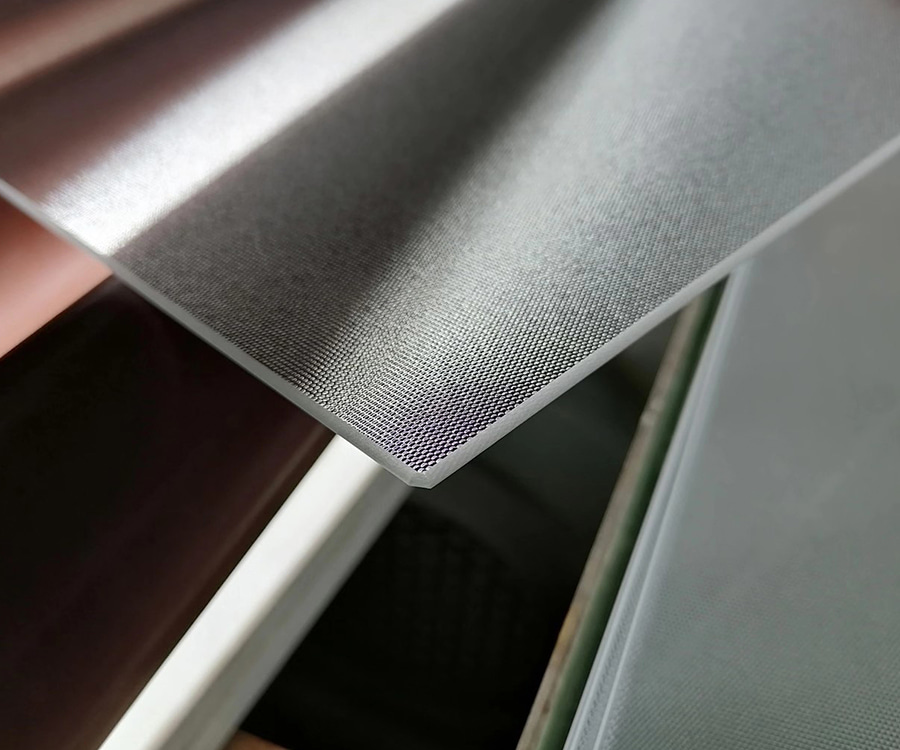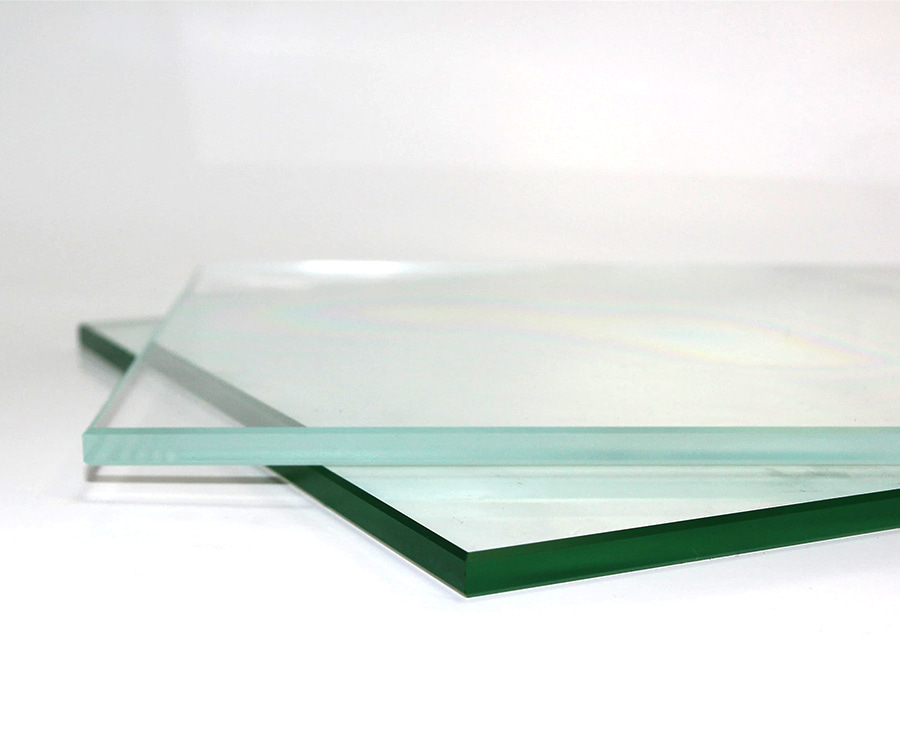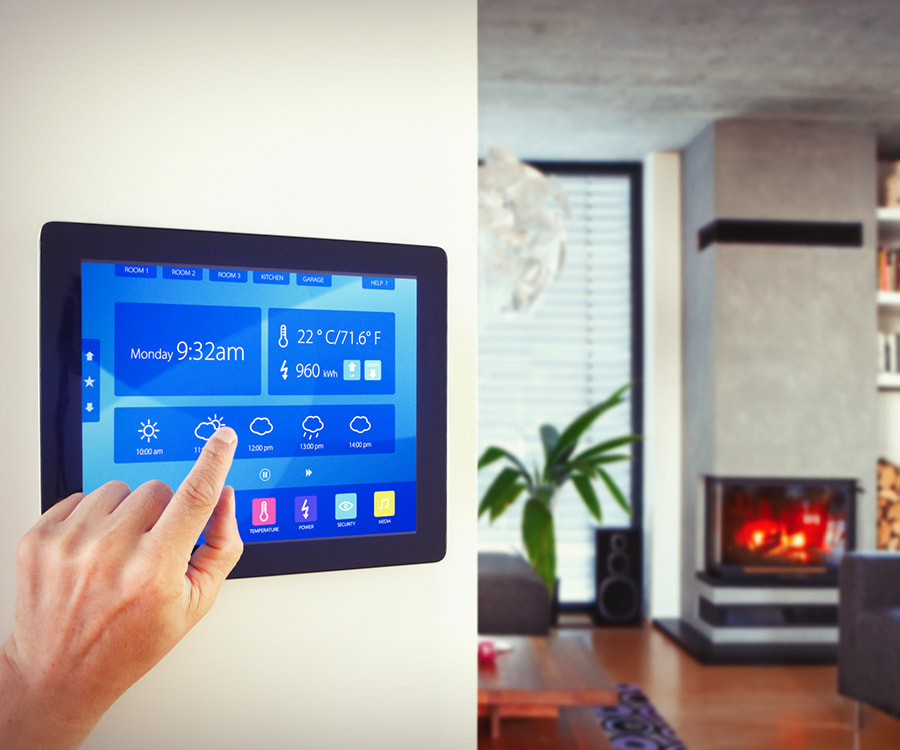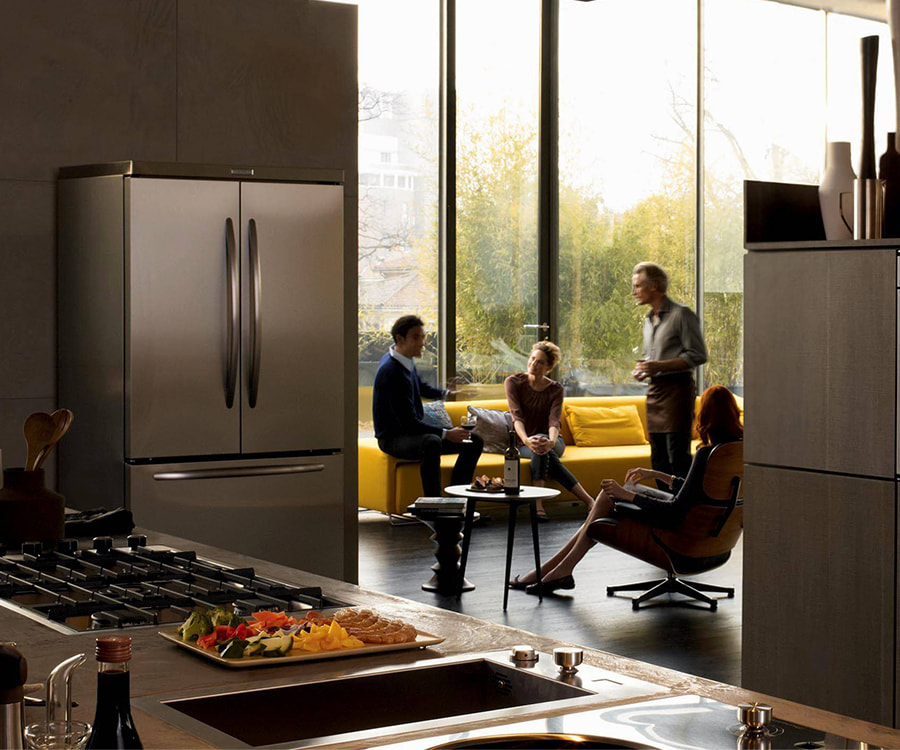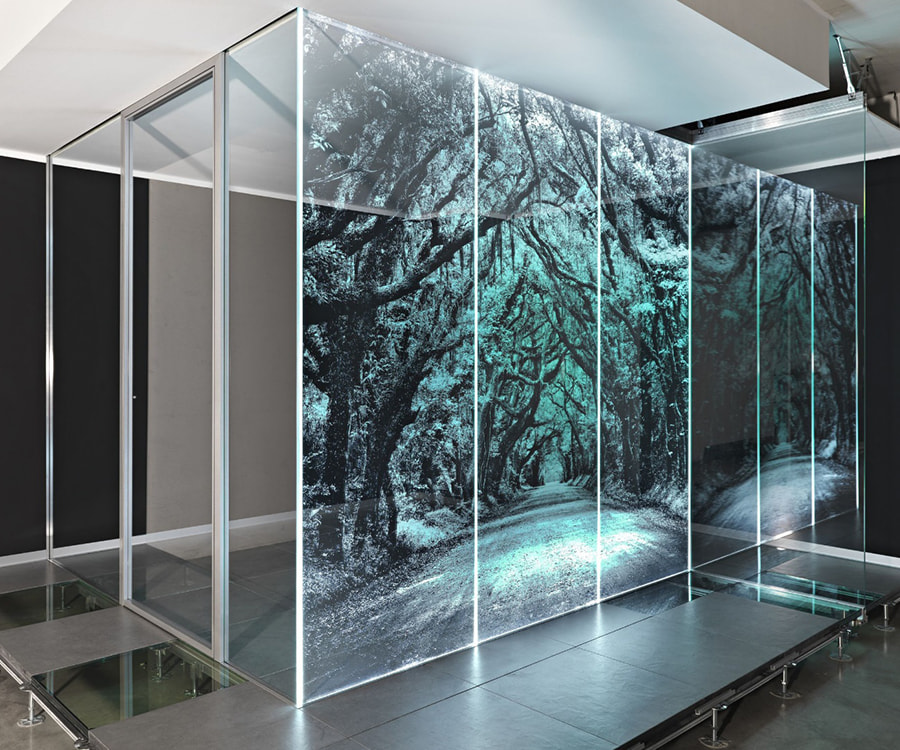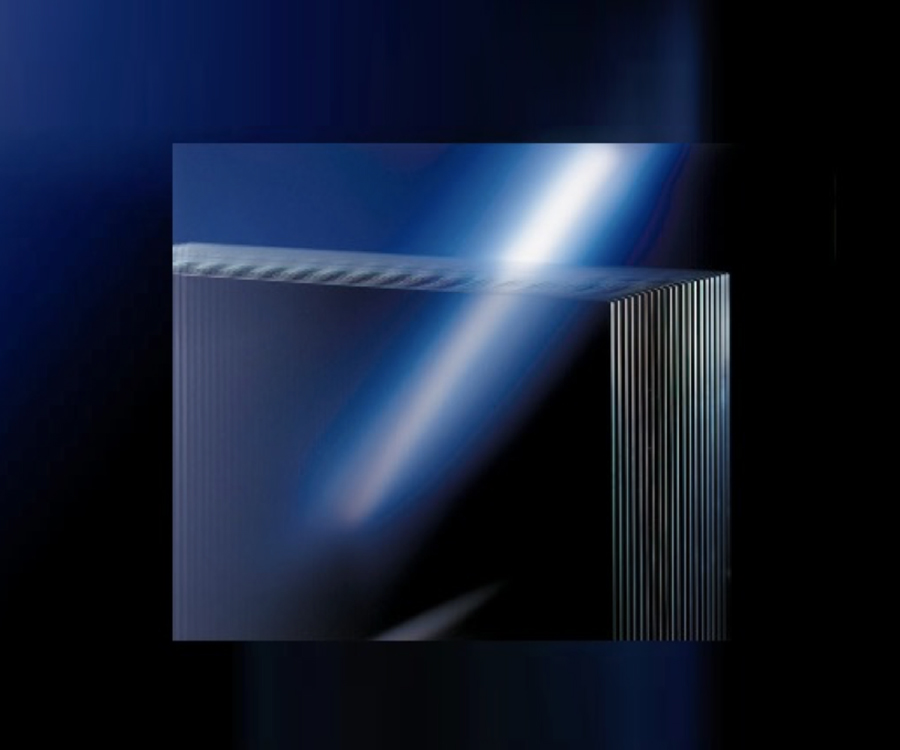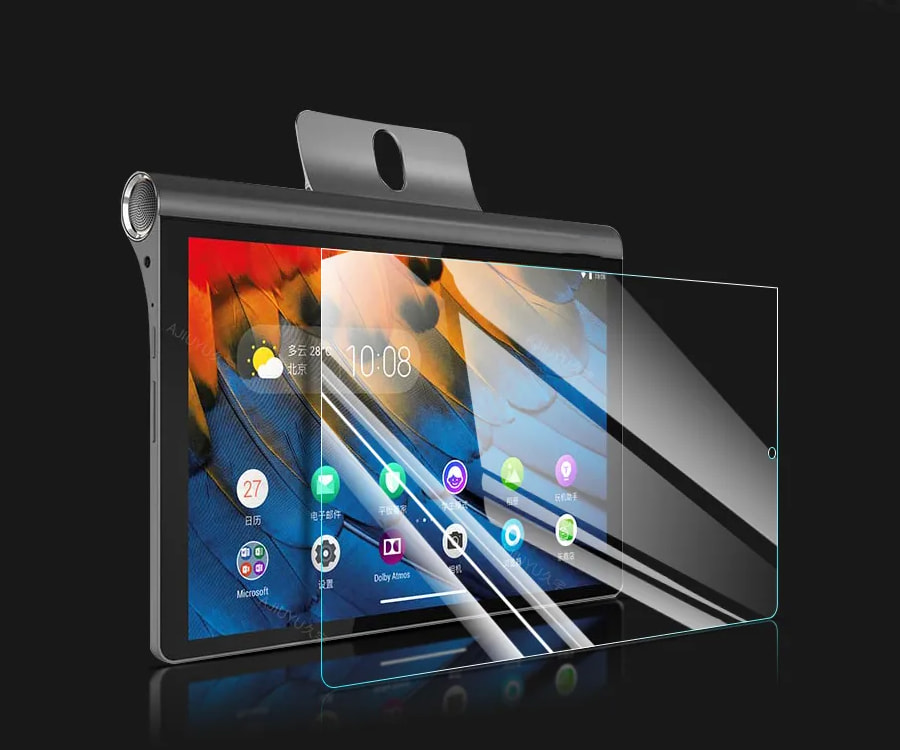Decorative glass is a glass product that has undergone special processing or processing. Its primary purpose is to provide daylighting in buildings and create an aesthetically pleasing, artistic visual effect. Decorative glass typically features a variety of surface treatments, such as frosting, engraving, painting, and inlaying, as well as unique shapes and textures, which impart unique decorative properties.
Decorative glass comes in a wide variety of forms, including but not limited to stained glass, patterned glass, mirrored glass, ice-patterned glass, glass bricks, glass mosaics, painted glass, fused glass, frosted glass, photochromic glass, and laser glass. These glass types can be used to create glass doors and windows, partitions, sliding doors, and feature walls, delivering outstanding results.
Decorative glass not only offers beautiful visual effects but also boasts excellent light transmittance, privacy, impact resistance, ease of cleaning, and environmental friendliness. These properties make decorative glass a vital component in interior and exterior building decoration, home decor, and other applications.
Decorative glass production techniques include etching, tinting, textured glass, fusing and stretching, and laminated glass, all of which can create unique patterns, textures, and three-dimensional effects. Decorative glass is used in windows, doors, partitions, mirrors, furniture, display shelves, and lighting fixtures, adding beauty, personality, and an artistic touch to any space.
What are the advantages of decorative glass over ordinary glass?
Decorative glass offers the following advantages over ordinary glass:
More decorative: Decorative glass can be treated with techniques such as etching, staining, texturing, and laminating to create unique patterns, textures, and three-dimensional effects, adding beauty and artistic flair to any space.
More functional: Decorative glass offers advantages in privacy, light control, and sound insulation. For example, decorative glass film provides privacy, filters harmful light, reduces light pollution, and maintains indoor comfort.
More secure: Some decorative glass, such as laminated glass and tempered glass, offers increased impact resistance and safety, ensuring that even if broken, it will not shatter.
Design flexibility: Decorative glass comes in a wide variety of styles, including colored glass, patterned glass, sprayed glass, opalescent glass, cut glass, and iced glass, to meet diverse styles and needs.
Cost-effectiveness and ease of maintenance: Decorative glass films, such as decorative glass films, are low-cost, easy to install and replace, and easy to clean, making them suitable for long-term use.
Versatility: Decorative glass is not only used for decoration but can also be used in a variety of applications, including architecture, interior design, display units, and lighting fixtures, offering highly customized design options.
Decorative glass surpasses ordinary glass in aesthetics, functionality, safety, affordability, and ease of maintenance, making it a key material in modern architecture and interior design.



